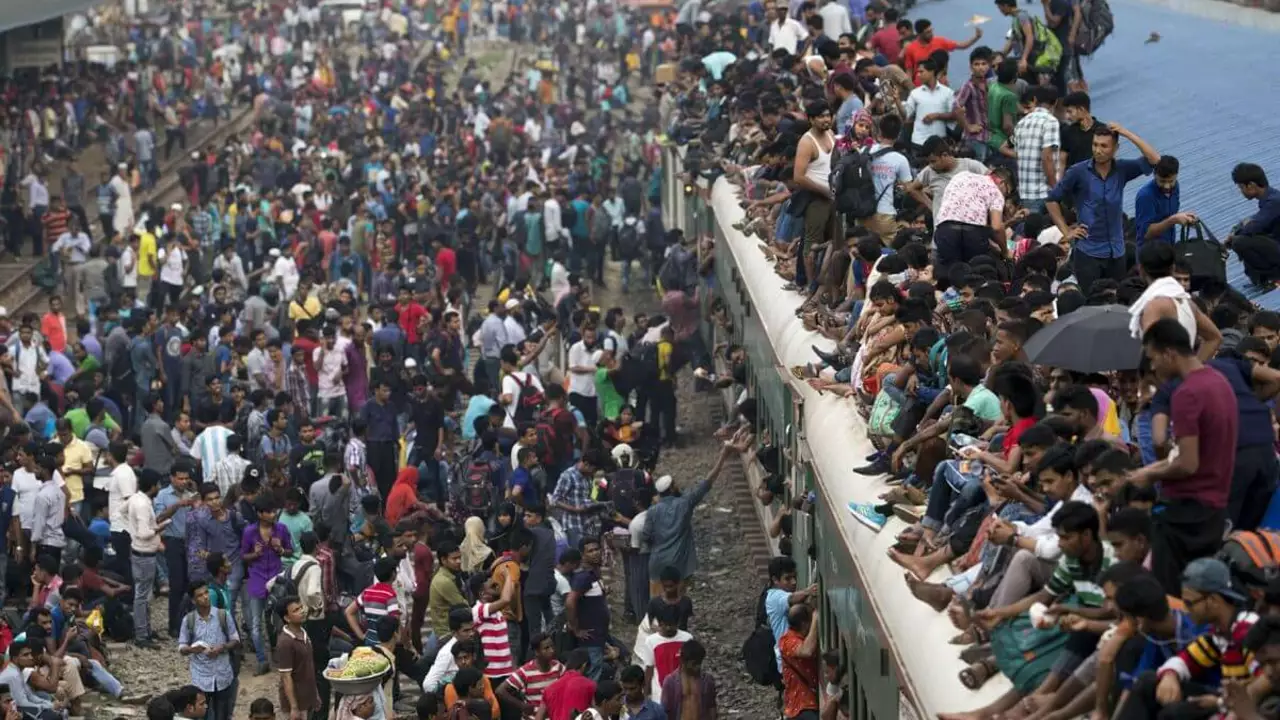India's population boom can be attributed to a few key factors. Firstly, high fertility rates in the past have created a 'population momentum'. Secondly, improvements in medical technology and healthcare have led to increased life expectancy. Lastly, traditionally, larger families are often seen as a source of economic and social security. So, in a nutshell, a combination of historical, cultural, and technological factors have contributed to India's high population.
Demographics and Population Studies: Why India’s Population Keeps Rising
India is home to over 1.4 billion people, making it the second most‑populated country on the planet. If you’ve ever wondered how a nation can grow so fast, you’re not alone. Below we break down the main reasons behind the surge, what it means for everyday life, and how demographics shape the future.
What Drives Population Growth?
The biggest driver is historical fertility. For decades, families in many parts of India preferred having several children. Those high birth rates created a "population momentum" – even when families start having fewer kids, the sheer number of young people entering adulthood keeps the total count climbing.
Medical advances play a huge role, too. Better vaccines, safer deliveries, and improved nutrition have boosted life expectancy dramatically. People who might have passed away in their 30s now live into their 70s, adding more heads to the count.
Cultural expectations also matter. In many communities, kids are seen as a source of economic security, especially in rural areas where older parents rely on children for labor and support. This mindset reinforces larger family sizes.
What the Boom Means for Society
More people mean bigger markets, but it also stresses resources. Schools scramble to accommodate growing class sizes, while hospitals face higher demand for services. Housing shortages in fast‑growing cities are a daily reality for many families.
At the same time, a youthful population can be a powerful engine for growth. Young workers bring energy, innovation, and a larger consumer base. If the right jobs and training are offered, India could turn its demographic advantage into an economic boost.
Urban migration adds another layer. As rural jobs shrink, millions move to cities looking for work. This shift fuels the rise of megacities, creating both opportunity and challenge—traffic congestion, pollution, and pressure on public transport all spike.
Understanding these trends helps students, policymakers, and anyone interested in the future of our world. By looking at fertility rates, healthcare improvements, and cultural habits, we get a clearer picture of why India’s population keeps climbing.
For anyone studying demographics, the Indian case offers a real‑world classroom. It shows how a mix of history, culture, and technology can combine to shape a nation’s size and structure. Keep these facts in mind when you explore other countries – each has its own set of drivers, but the core ideas often overlap.
Ready to dig deeper? Look at regional data, compare urban vs. rural growth, or explore how education levels influence family size. The more angles you study, the richer your understanding of population dynamics becomes.
In short, India’s population boom isn’t a mystery – it’s the result of measurable factors that you can see in statistics, hear in conversations, and feel in everyday life. Knowing the why helps you see the what, and that’s the first step toward smart solutions.
